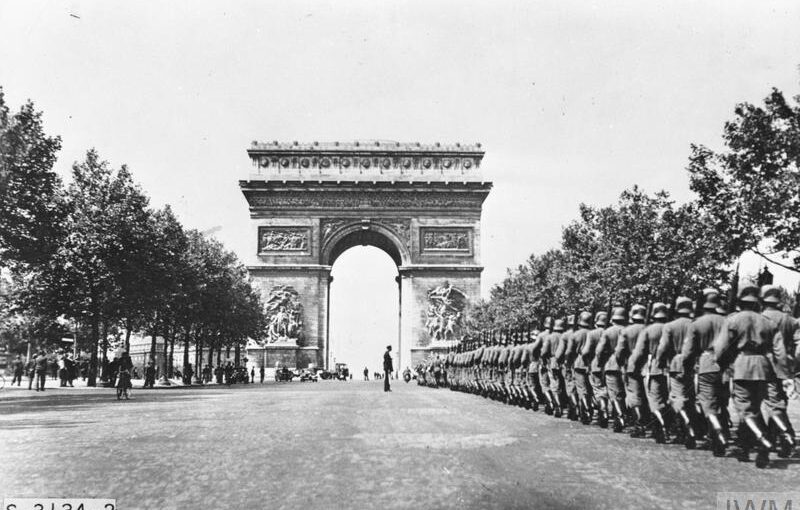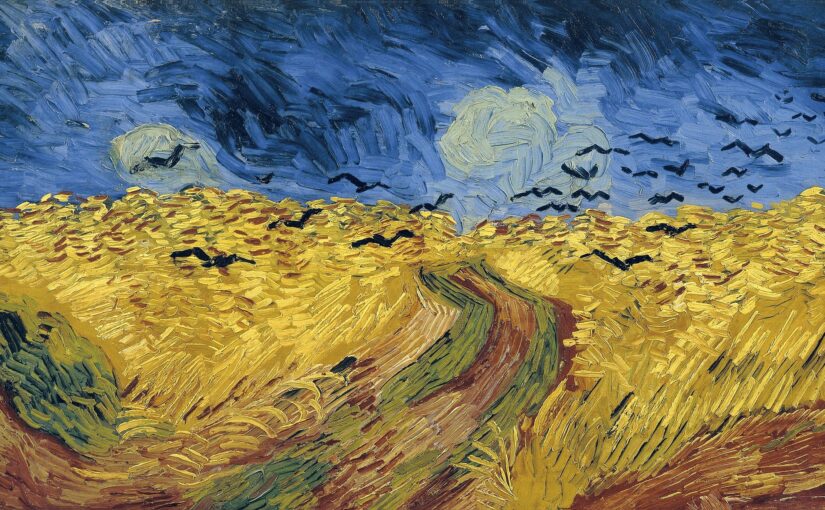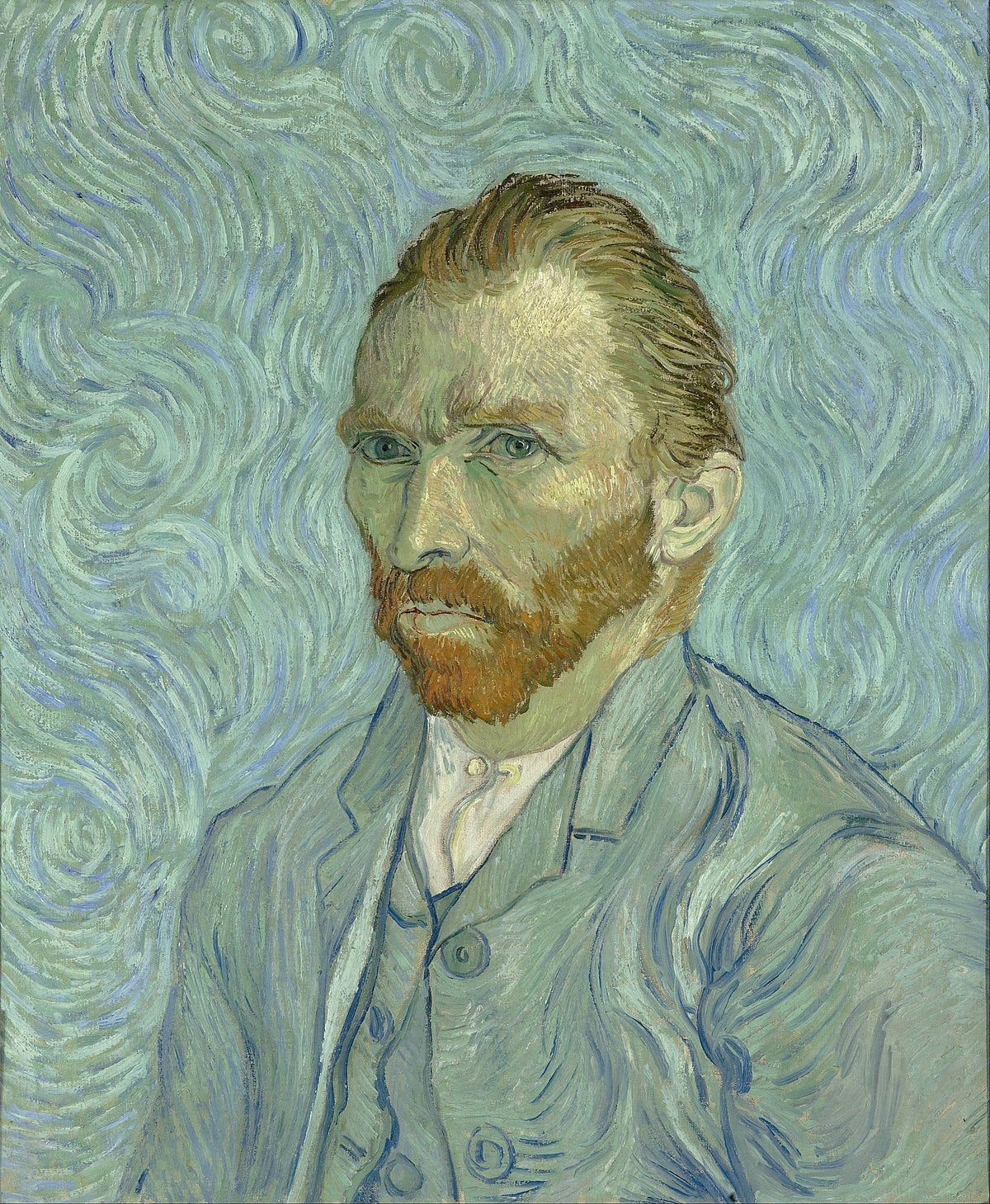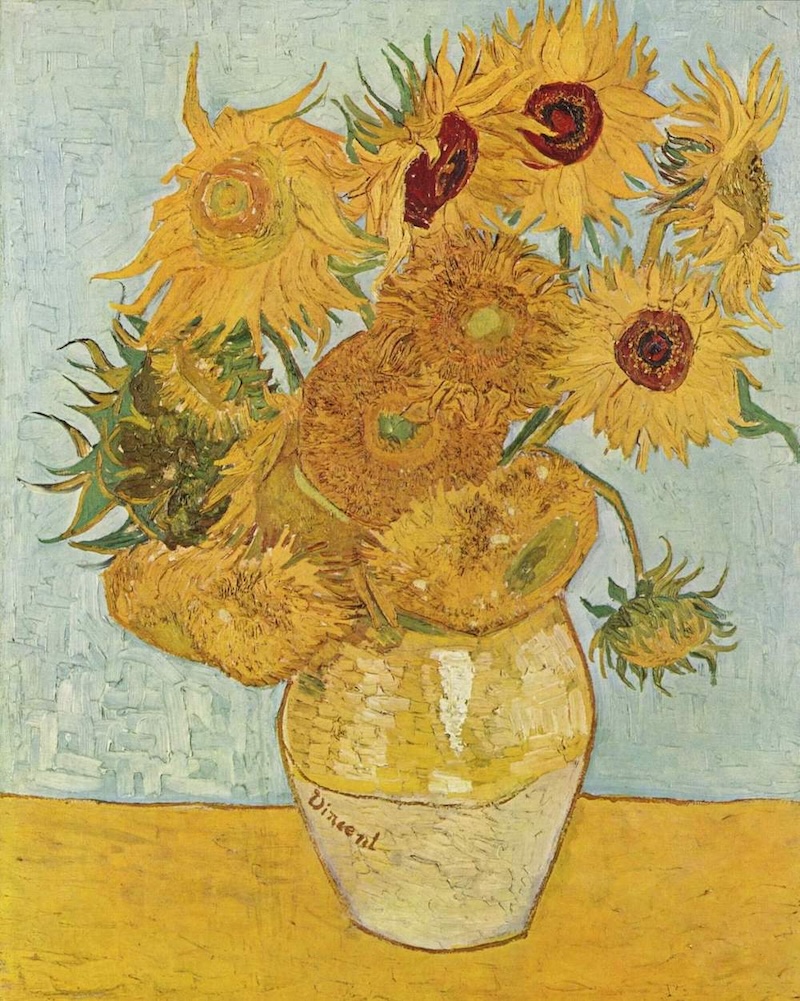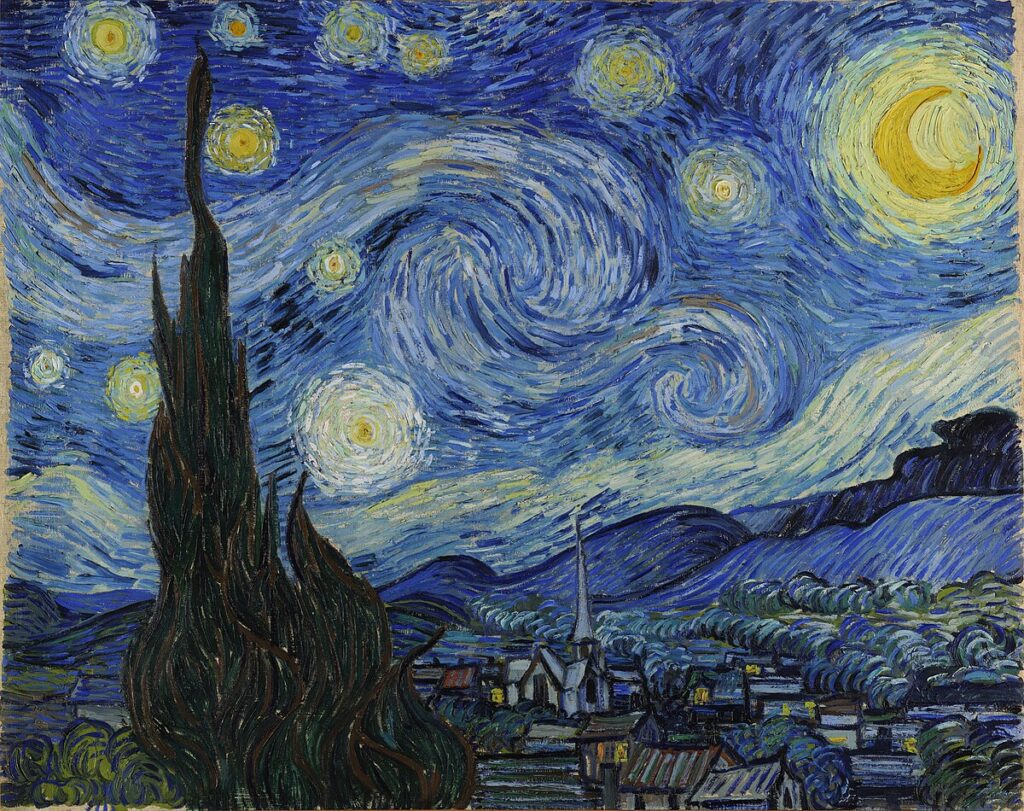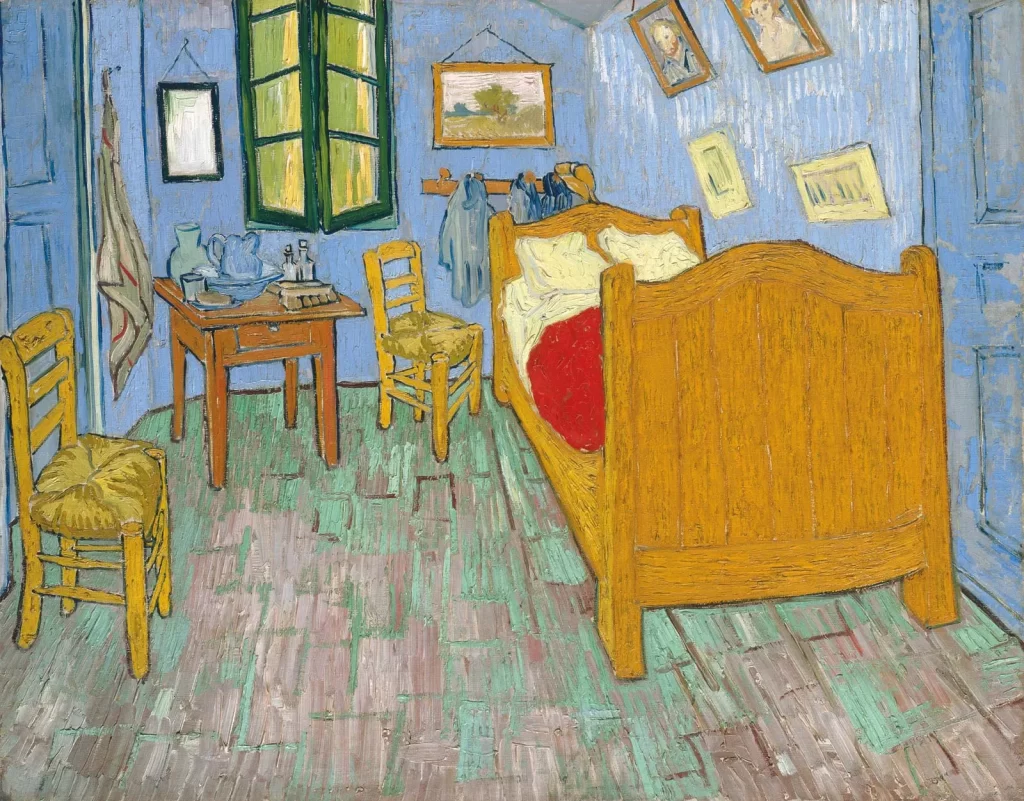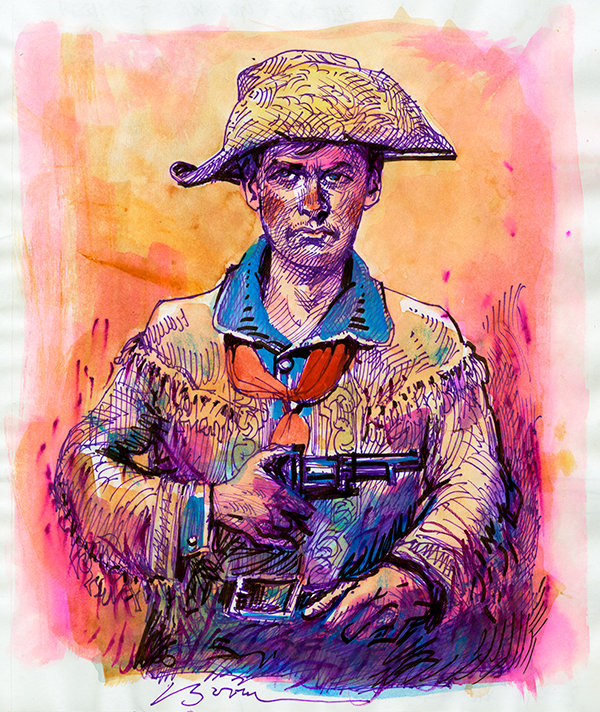By May 1940, Germany controlled most of the European Continent. With Austria, Czechoslovakia, Poland, Denmark and Norway being under Nazi control, Britain and France now stood alone as the last enemies of Germany, for the time being. One key problem in Germany’s path was the Maginot Line

Between the late 1920s to mid 1930s, the French had built a large line of forts across their border with Germany. These forts were nigh impenetrable, so Hitler needed to think of a new strategy. He had two options. To breach south through Switzerland or to go North through the Low Countries of Belgium, the Netherlands and Luxembourg. Hitler chose the latter.
However, there was much bickering in army high command about how to attack. Whilst most advocated for a mere replica of the Schlieffen Plan in World War 1, Hitler and Erich von Manstein, Chief of Staff for Army Group A, requested a battle plan be made through the Ardennes, a dense forest region in Belgium and Luxembourg. Eventually, a compromise is reached, wherein Army Group B would attack from the Dutch border, whilst Army Group A would swoop in through the Ardennes.

Meanwhile, the British and French were prepping for a hypothetical counter attack. Whilst the Belgians and Dutch refused to allow French and British troops to immediately enter territory, for fear of provoking the Germans, they came up with a plan to hold the line and hopefully counter attack. However, the plan left little in the means of defence in the Ardennes, which British and French high command believed is impassible for armoured units, despite intelligence that sugggested the German’s plans to do just that.
On May 10th, 1940, Germany began to invade the Low Countries. They began with the pretence of just attacking the Netherlands, forcing Allied forces to organise up there. However, they were delayed in their response by mass numbers of refugees fleeing the opposite direction. Meanwhile, German forces began pushing through the Ardennes in mass numbers, forcing traffic jams 250km back from the front. All too late, the Allies realised their response in the Ardennes had been far too weak. The Blitzkrieg tactic worked once more in the Lowlands, with Stuka dive bombers, Messerschmidt fighters and Panzer divisions all working together in order to hit fast and hard.
The tension in France was felt on the home front too. With much of the British Public and government believing that Neville Chamberlain’s appeasement policies in the lead up to the war, with Czechoslovakia, has done nothing but think Hitler he can do what he wanted, Chamberlain resigned and was replaced by First Lord of the Admiralty, Winston Churchill.
By May 24th, Allied forces had been forced into a pocket in Belgium and Northern France. In a fighting retreat, Allied forces moved to Dunkirk, planning to evacuate forces there. Many French commanders viewed this as an abandonment and betrayal. Fearing a Southern counter attack, Field Marshal Gerd von Rundstedt requested a cease of a direct assault on Dunkirk, to which Hitler agreed. Many say that if the Nazi forces had advanced on Dunkirk, Britain would’ve been more likely to surrender. Hitler defended this decision later, saying he did not want to humiliate the British, in hopes of initiating peace talks. Runstedt later claimed that it was not his order but Hitler’s. Regardless, nearly 340,000 troops were evacuated from Dunkirk in a spectacular feat in co-operation with land, air and sea, both civilian and military.
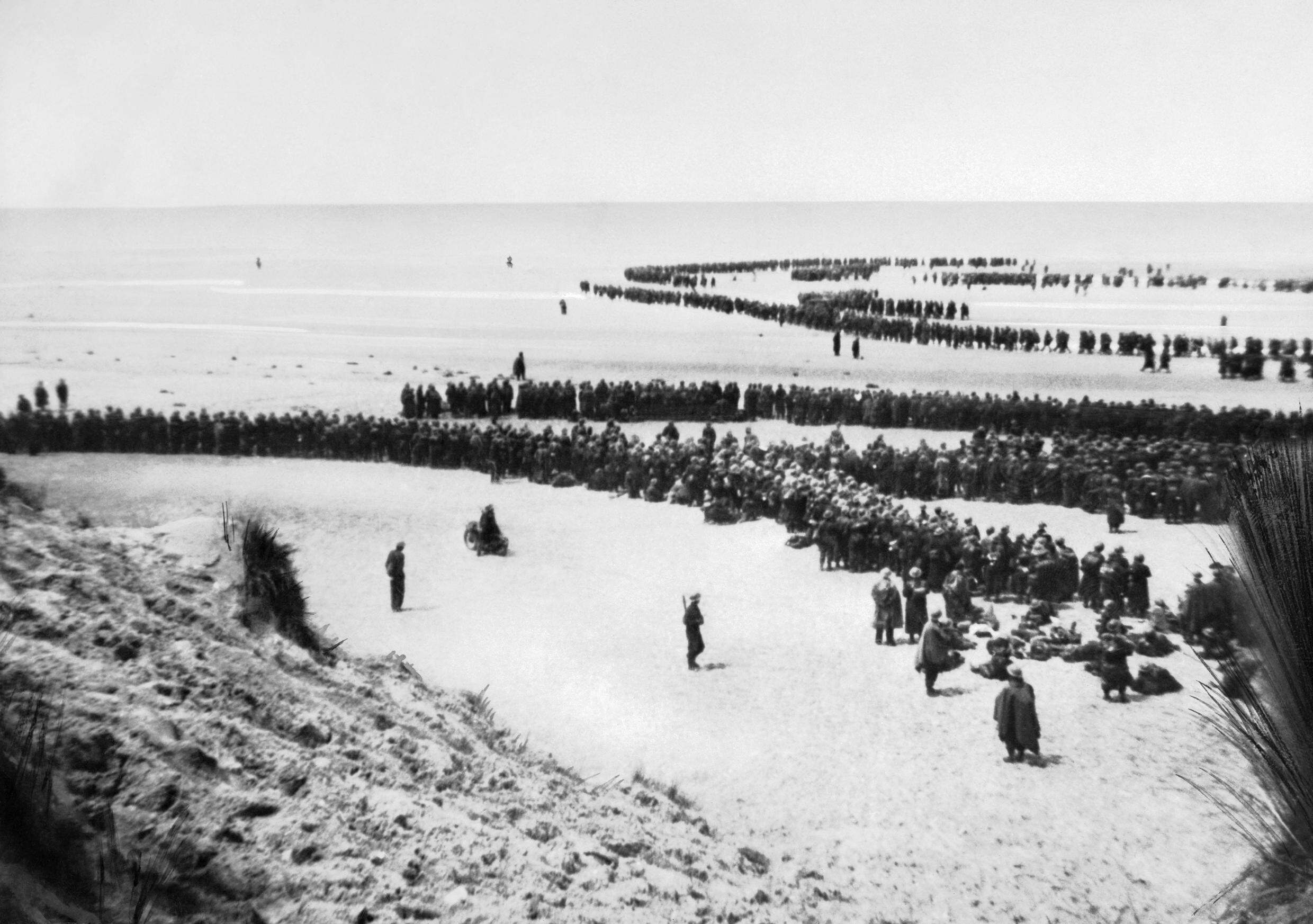
After the troops were evacuated and Belgium surrendered, without the consultation of the British and French, Germany launched an all out assault on the south. Only 10 days after the last troops left Dunkirk, German forces entered Paris on June 14th, 1940. On the 16th of June, the French Prime Minister, Paul Reynaud, resigned, and was immediately replaced by Phillipe Petan, who immediately began peace talks with Germany.
Many protested to this, including Charles de Gaulle, who broadcasted a radio message from Britain, urging his fellow country men to fight. Whilst Lord Halifax, the British Foreign Secretary, was calling for peace talks through neutral Italy, Mussolini began forcing troops through the Alps on June 21st. The armistice eventually took effect on June 25th, 1940. The puppet of Vichy France was established whilst some overseas colonies remained under Allied French Control. However, Britain and the Commonwealth, with the assistance of a fractionalised France, now stood alone against the might of the German Army.

Even though large tracts of Europe and many old and famous States have fallen or may fall into the grip of the Gestapo and all the odious apparatus of Nazi rule, we shall not flag or fail. We shall go on to the end. We shall fight in France, we shall fight on the seas and oceans, we shall fight with growing confidence and growing strength in the air, we shall defend our island, whatever the cost may be. We shall fight on the beaches, we shall fight on the landing grounds, we shall fight in the fields and in the streets, we shall fight in the hills; we shall never surrender. And even if, which I do not for a moment believe, this island or a large part of it were subjugated and starving, then our Empire beyond the seas, armed and guarded by the British Fleet, would carry on the struggle, until, in God’s good time, the New World, with all its power and might, steps forth to the rescue and the liberation of the Old.
Churchill’s famous speech to Parliament before Dunkirk
